Passion Assets: A True Love of Collecting
Art Peritus
JANUARY 31, 2025
While this quote often captures the inexplicable nature of human desire, it also resonates with the motivations behind collecting. Whether its choosing a potential mate or pursuing a coveted object, the pull of desire remains the same when it comes to collecting. Formal USPAP-compliant appraisals are essential in these cases.



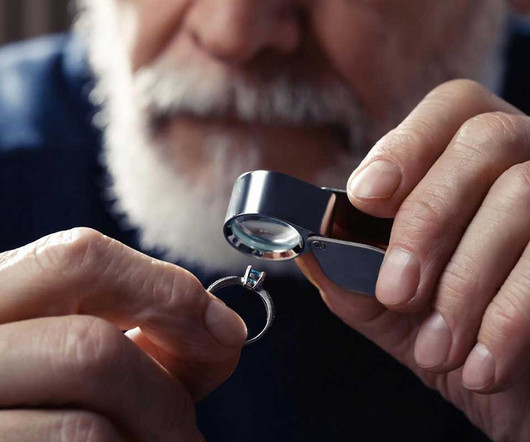

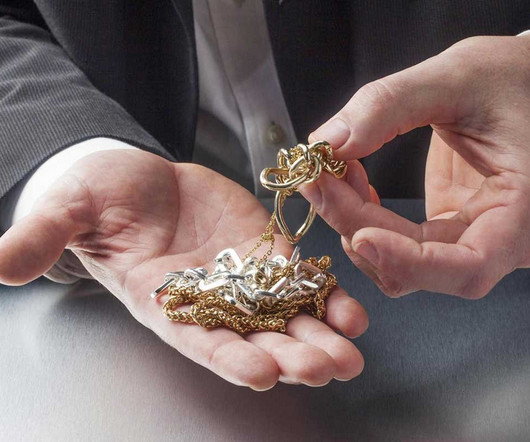


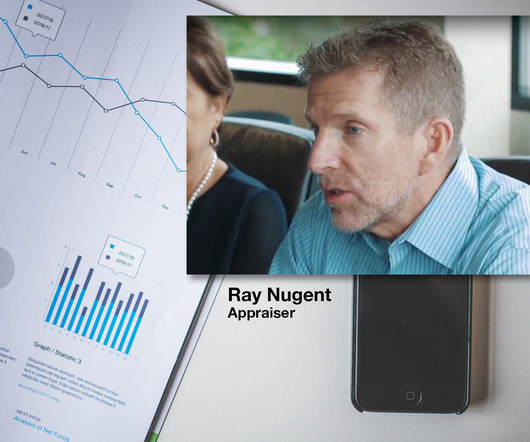


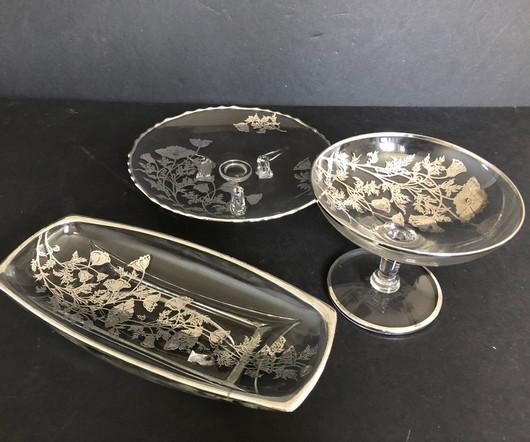
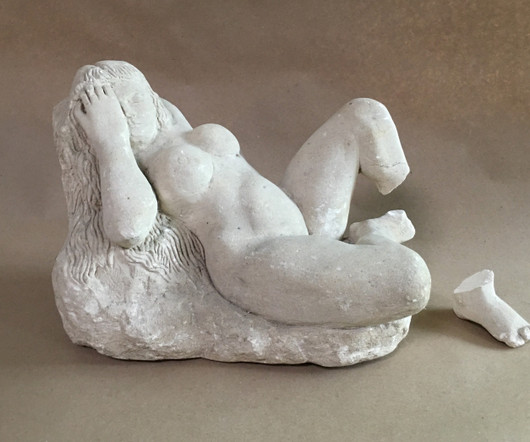






Let's personalize your content